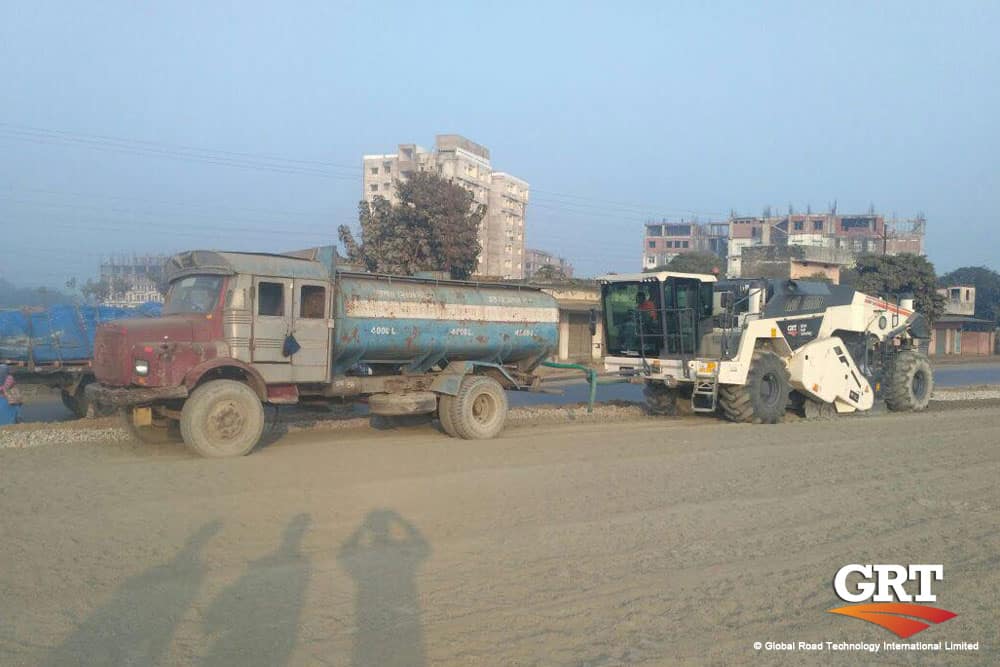
Indian road infrastructure is undergoing phenomenal growth for the 15 years and will continue to grow at higher rates in coming years under the Ministry of Road.
Transport and Highways. . Accordingly, the requirement of soil or aggregate for infrastructure has increased and reached a level where availability of basic materials has become a constraint on development. Non-availability of suitable soil and aggregates has made projects unviable and cost-prohibitive. Some projects are running into significant overruns as a direct consequence. All these factors have delayed several important projects, and in some cases state governments are even denying development in certain aggregate-deficient regions. This scarcity will increase further considering environmental conservation and restriction on mining in several states. Although aggregate scarcity is a pan-India problem, it is most pronounced in northern Uttar Pradesh, Bihar, Odisha, West Bengal. Punjab and Haryana.
It is public knowledge that the ministry is considering making the use of road recycling (reusing in-situ materials) technologies mandatory for a significant percentage of ro.1d development in these states. This will help increase the speed of construction and close the gap on Minister Nitin Gadkari’s target of 40 km of National Highways per day. Also, India has an existing road network of over 4,689,842 km. the second largest in the world. Most of these roads are in poor condition and need rehabilitation and constant maintenance. The government is also widening and extending these existing highways and state expressways.
The stabilization of soil or aggregate is being used worldwide towards optimal usage of scarce resources. Although soil stabilization has existed in Indian codes for the past several decades, in reality, the concept is yet to be utilized on ground in any significance, whereas other western economics use recycling technology extensively. The concept of cold in place recycling’ (CIPR.) has recently been incorporated in I RC-37(2012) and CIPR. and cement-treated base (CTB) has been approved by NHAI in a few projects, such as NH-2 by contractor CRT. This i., only just starting to b<: applied as general practice.
These two concepts – soil or aggregate stabilization and CIPR provide a comprehensive solution for rehabilitation of the existing road network and greenfield road construction. The incorporation of proper stabilization techniques involves sophisticated and heavy equipment of German make, ensuring more durable and longer lasting roads. Irrespective of which region we refer to, the techniques work for all roads pan-India.
Ben WH James, Founder and CEO, GRT India, has been instrumental In establishing GRT international’s presence in India and plays a vital role across all functions, including policy, finance, business development, operations and strategy.
For more information on GRT IndIa or to read this article
Are environmental regulations, health and safety concerns or potential profit loss a concern right now?
Contact Us Now